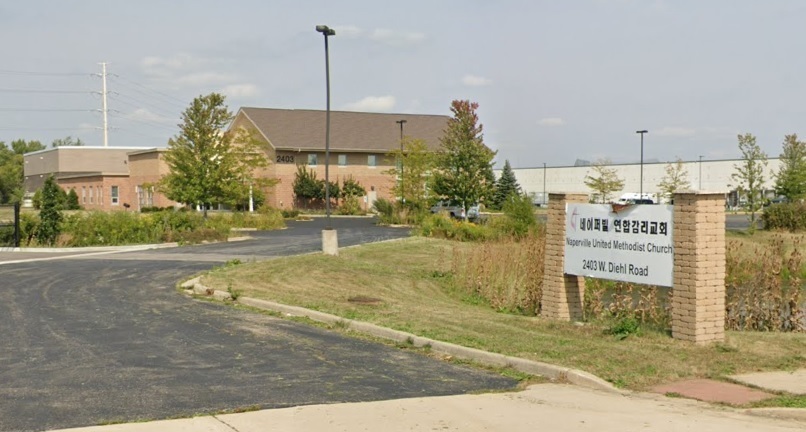The other is, what can we do to contain the damage to life when—and not if—such phenomena recur, with climate change and human intervention exacerbating disasters? While landslides are very tricky to predict, it can be done as some other countries have shown, says M Rajeevan. The vice-chancellor of Atria University, Bengaluru, he is former secretary at the Ministry of Earth Sciences and former director of the Indian Institute of Tropical Meteorology.
In an interview with Indulekha Aravind, he says, “It’s not an easy problem to solve, but if we don’t do it, who will?” Edited excerpts:
Compared with other natural disasters, are landslides more difficult to predict?
Landslides are usually difficult to predict compared with other systems like tropical cyclones, heavy rains, or thunderstorms. Normally, landslides occur due to heavy rain and when the soil on slopes becomes loose and comes down. But it’s not that every heavy rainfall event creates a landslide. It occurs due to some typical conditions, which can vary from place to place, the time, the quantum of rain—these are all tricky questions. We have been doing a lot of research but I should tell you that the research done on landslides is much smaller than what we do for tropical cyclones, thunderstorms, or heavy rainfall.
What are the conditions that make it trickier to predict?
From what I know, the slope of the topography is very important as well as the soil condition. If the soil is not saturated, the water is absorbed and it does not move. But if the soil is saturated —which is what happened in Wayanad now—any further rain will flow over the soil. And generally, in the Western Ghats, there is a lot of human intervention, which is disturbing the ecosystem there, introducing factors for landslides. If tall, thick trees are there with roots that go very deep into the soil, they will hold it together. If that’s replaced with rubber trees, the soil can easily move when there is heavy rain. I’m not saying human intervention is what caused this particular event but human intervention adds a new dimension. The main factor in Wayanad was the excess rain.
Is there a connection between climate change, warming seas and the excess rain, which led to the landslides?
It’s true that the Indian Ocean is warming up so when monsoon rain comes, there’s more intense precipitation. Typically, the west coast rainfall was not very intense though it would be continuous. But now studies show this characteristic is changing. There is more rain within a short period. This normally would happen in central India and interior parts but now that’s happening on the west coast also and the hypothesis is that this is due to the warming of the Arabian Sea. On Monday, the monsoon winds were very strong along the west coast. It went up the perpendicular slope of the Western Ghats and there were copious amounts of rainfall.
The quantum of rain caught people unawares— is that difficult to forecast?
Normally, the quantum is very difficult to predict, especially in heavy rainfall events. The model underestimates amounts like 120 mm per day. Instead, many weather predictions use the Extreme Forecast Index (EFI) which removes the bias (of underestimation) and the model analyses whether the rainfall occurring is a very extreme event or a common event. The day it rained, the Indian Institute of Tropical Meteorology (IITM) model as well as the ECMWF (European Centre for Medium-Range Weather Forecasts), which is supposed to be the best in the world, showed extreme forecast index was very high over Kerala. If EFI shows extreme precipitation, assume that it is going to be very heavy rain—it gives very good information to policymakers even though it will not predict the quantum.
Kerala has seen multiple extreme weather events and related natural disasters in recent years. What can the state do better in terms of warning, preparedness, or mitigation?
Kerala has improved a lot after the 2018 floods. The state has learnt a lot of lessons and is doing extremely well. But I’m not sure how well they are prepared for landslide predictions and warnings. Landslide prediction is tricky, as I mentioned, but it’s doable—many countries do it, like the US. You need to do a lot of special observation to see how conducive the soil is, look at its structure, the texture, the micro conditions, the slope. Landslide mapping is very important. Even if you can tell people two hours in advance, they can escape. You cannot stop a landslide—the only thing you can do is save lives. And if we are sure landslides are a recurring phenomenon in a region, we should alert people and tell them to ensure the buildings are resilient etc, similar to how they build in Japan, which is earthquake-prone. It’s not an easy problem to solve but if we don’t do it, who will?
What about the fact that Wayanad is an ecologically sensitive zone, as multiple reports have said?
I don’t want to blame the Kerala government but in general, in many places, we give more importance to money and the commercial value rather than societal value or saving the ecology. It’s very unfortunate but we see it very often in India.







